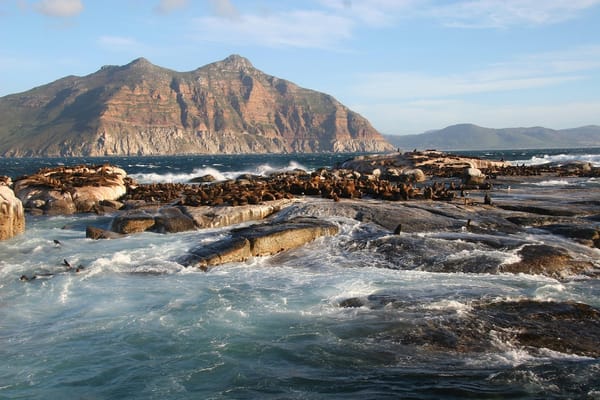Thursday☕️

Trending:
- On October 8, 2025, Israel and Hamas reached an agreement on the first phase of a Gaza ceasefire deal, as announced by U.S. President Donald Trump. The deal involves Hamas releasing approximately 20 to 50 hostages, including both living individuals and remains, in exchange for Israel freeing nearly 2,000 Palestinian prisoners. This breakthrough follows months of stalled negotiations and aims to initiate a broader peace framework to end the two-year conflict in Gaza. Officials from both sides confirmed their commitment to the terms, with mediation efforts led by the United States playing a key role in facilitating the talks.
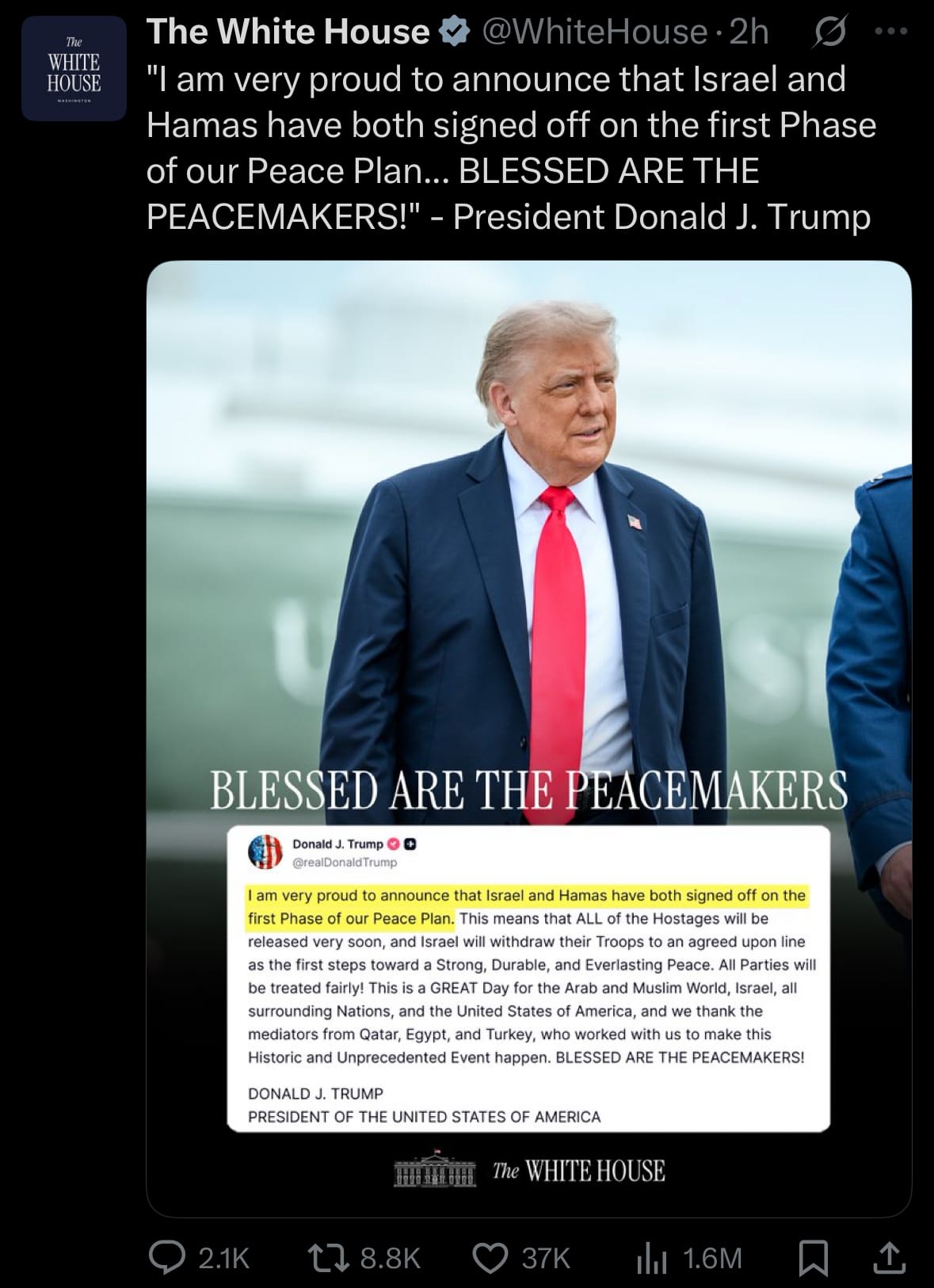
- The agreement represents a significant step amid ongoing regional tensions, paving the way for further phases that could include a full ceasefire, withdrawal of forces, and reconstruction efforts in Gaza. This development occurs against a backdrop of heightened violence and humanitarian concerns in the area, underscoring the urgency for both parties to adhere to the outlined steps to build lasting stability.

Economics & Markets:
- Yesterday’s U.S. stock market:
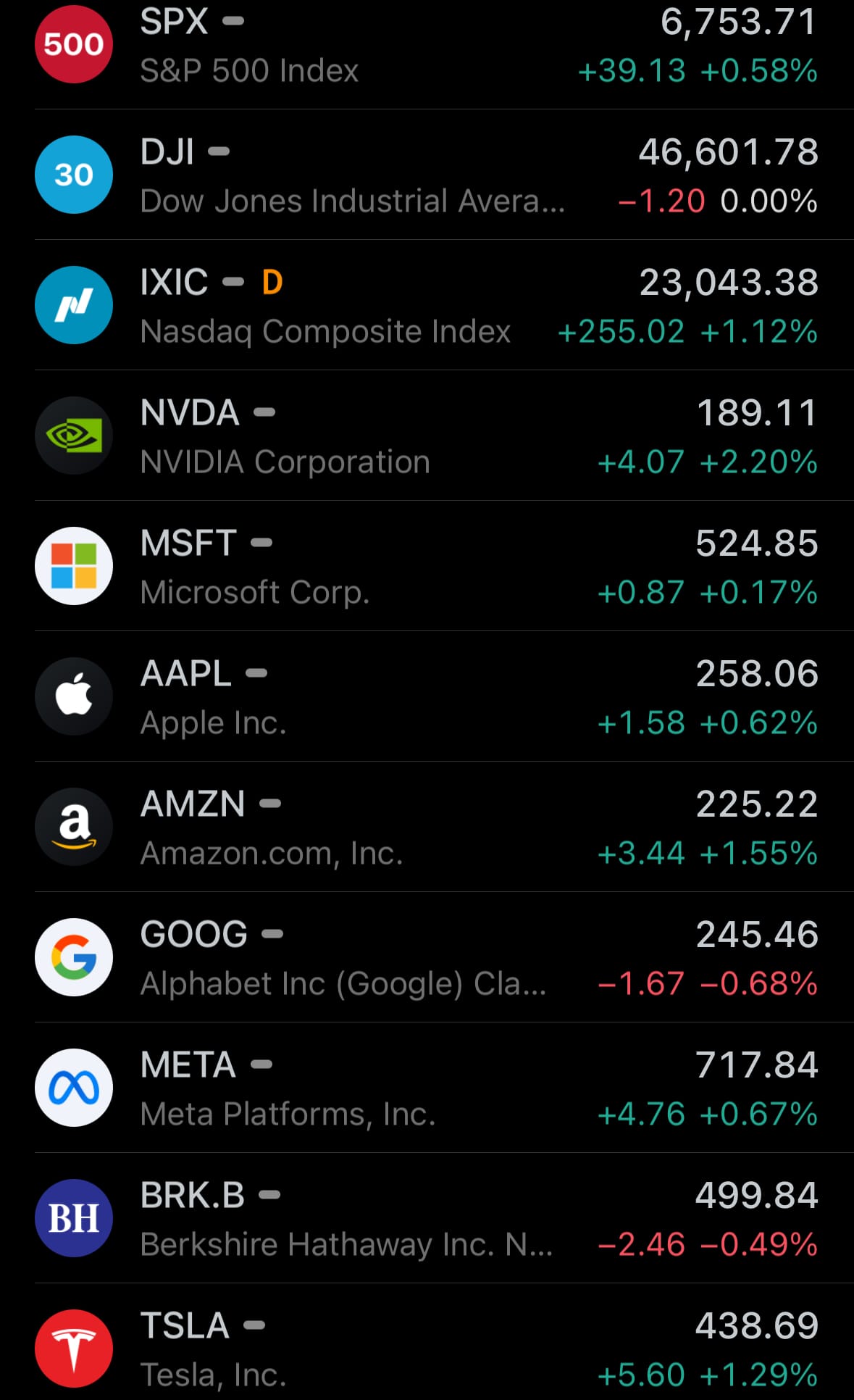
- Yesterday’s commodity market:
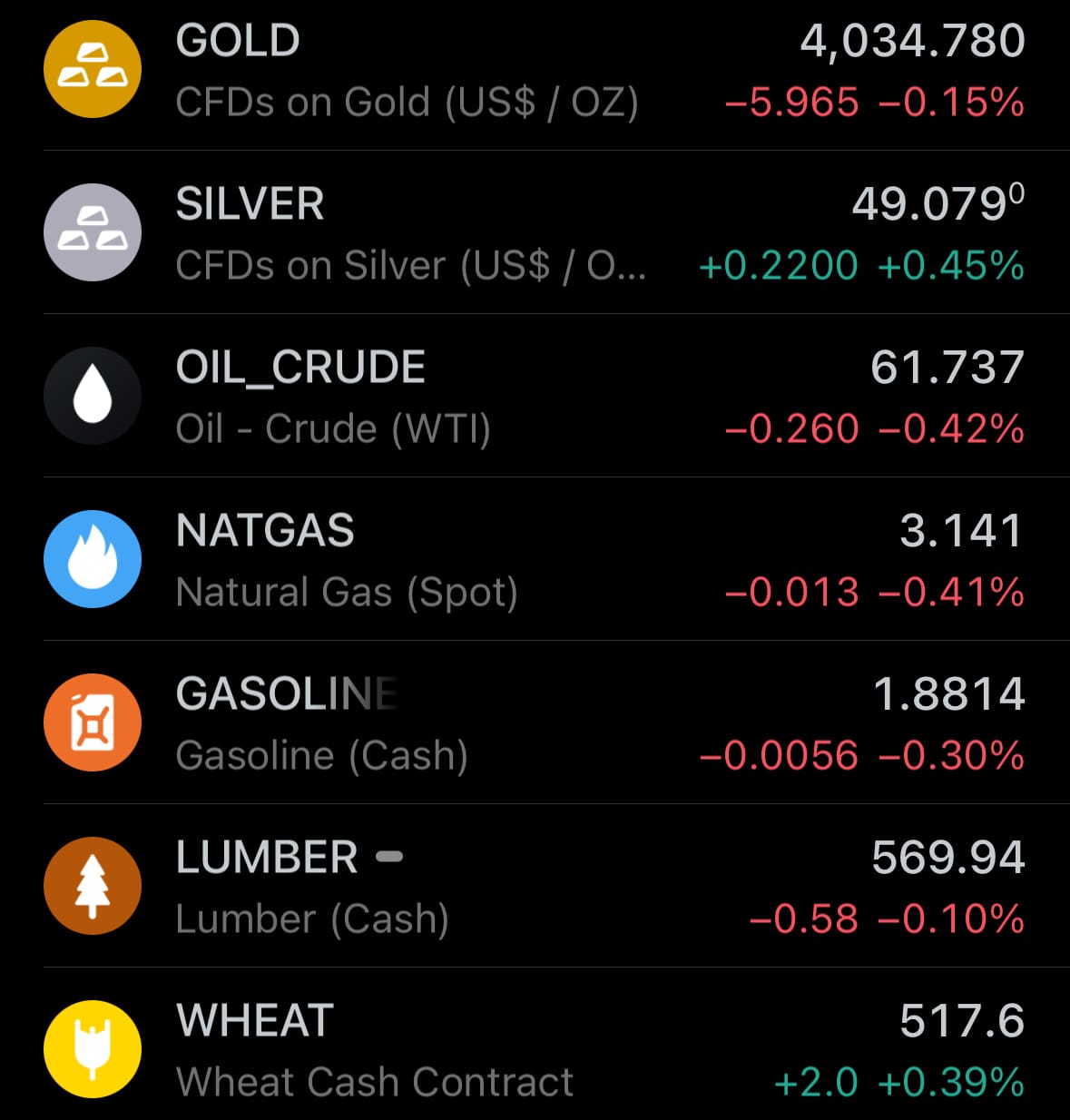
- Yesterday’s crypto market:
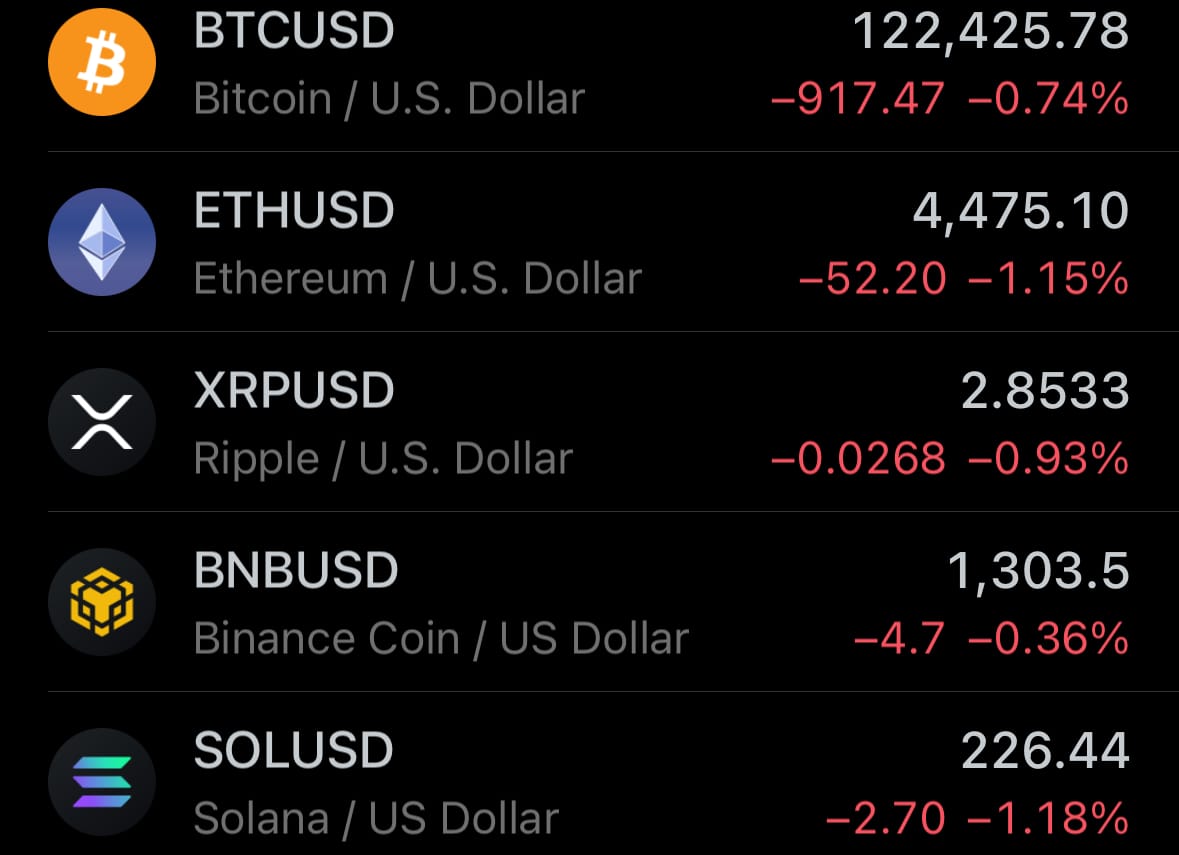
Environment & Weather:
- On October 8, 2025, Typhoon Halong, a Category 4 storm with a central pressure around 940 millibars, made landfall on Aogashima, a remote volcanic caldera island in Japan's Izu chain, placing the entire island within its eye. Home to approximately 170 residents, Aogashima experienced extreme conditions as the typhoon brought violent winds, heavy rain, and high waves to the region. The Japan Meteorological Agency issued emergency warnings for the Izu Islands, including Hachijojima and Aogashima, urging precautions against what officials described as potentially once-in-decades storm impacts. The typhoon, moving northeast at about 25 kilometers per hour, prompted evacuations and safety measures, though no immediate reports of casualties or major damage emerged from the isolated location.
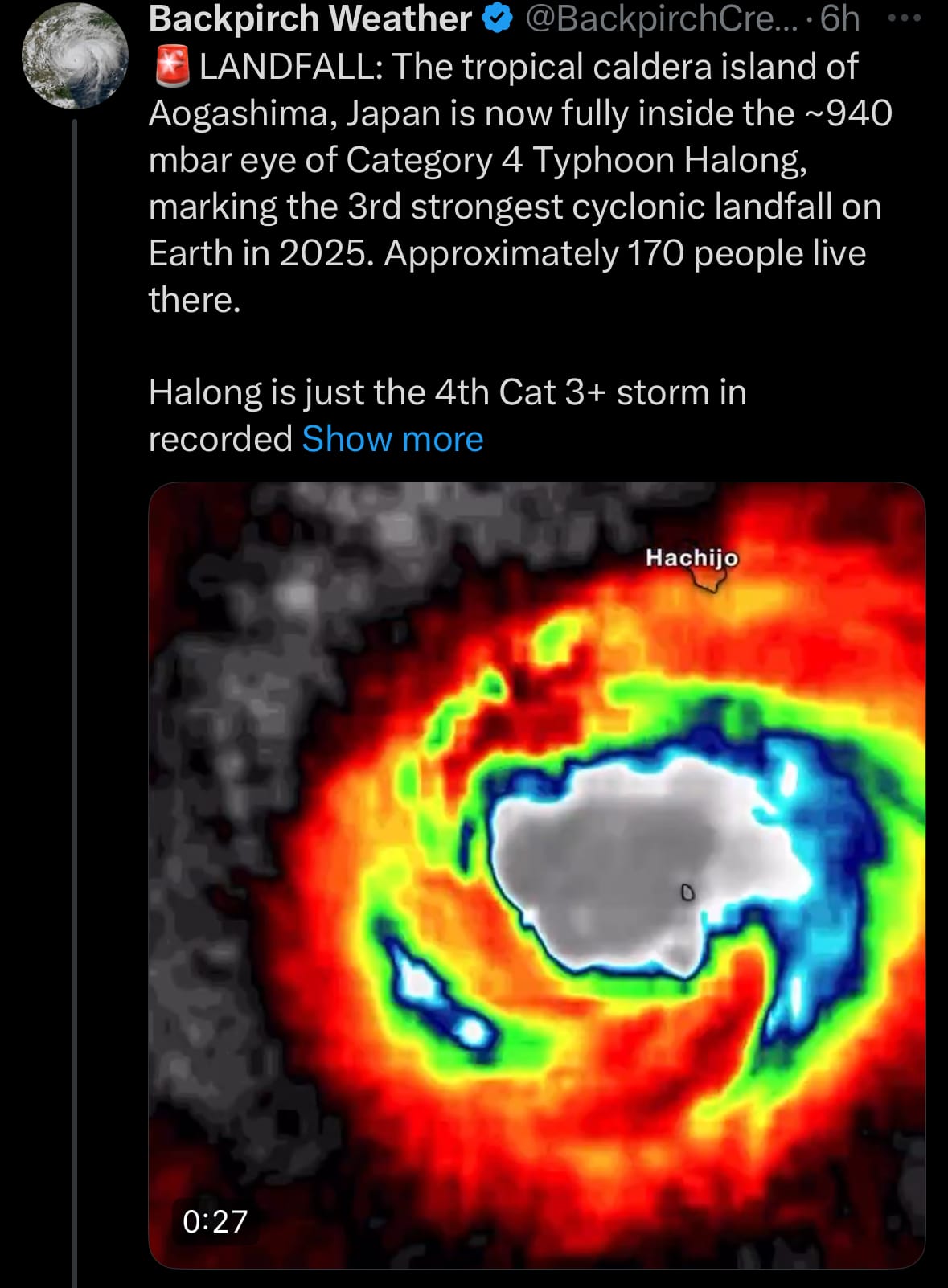
- This event marks the third strongest cyclonic landfall globally in 2025 and only the fourth Category 3 or higher storm in recorded history to directly cross Aogashima, following Typhoons Choi-wan in 2003, Ivy in 1991, and Kitty in 1949.
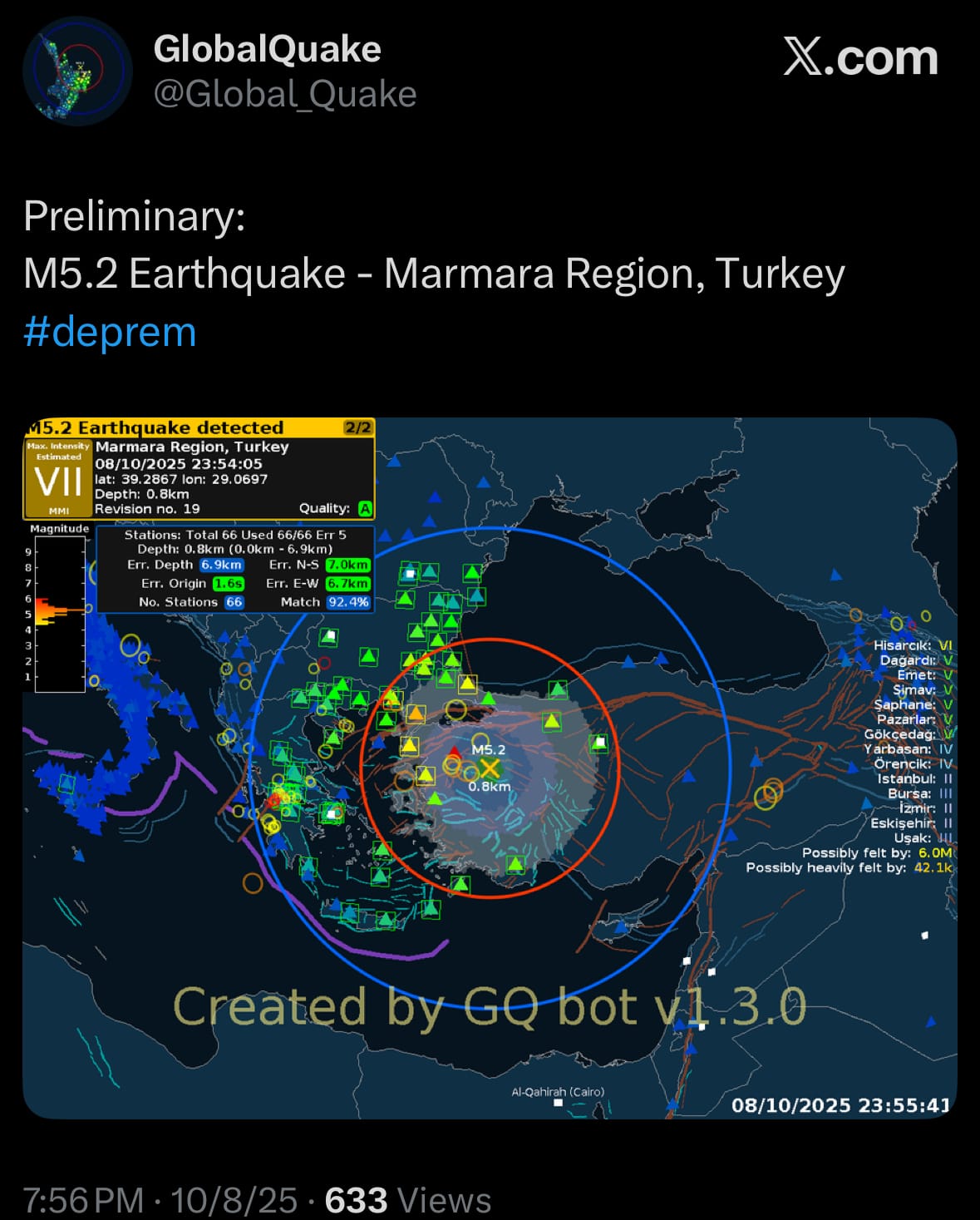
Defense & Security:
- As of October 8, 2025, a hacking group called Scattered LAPSUS$ Hunters claimed to have stolen data from companies in tech, telecom, and aviation. They posted sample data on their Telegram channel to prove it. The companies mentioned include Dell and Verizon in the US, Telstra in Australia, Lycamobile (with data tied to France), Kuwait Airways in Kuwait, and True Corporation plus dtac in Thailand. The stolen information differs by company but includes names, addresses, phone numbers, emails, birth dates, job titles, passports, national IDs, IP addresses, order histories, product serial numbers, mobile plans, and call logs.
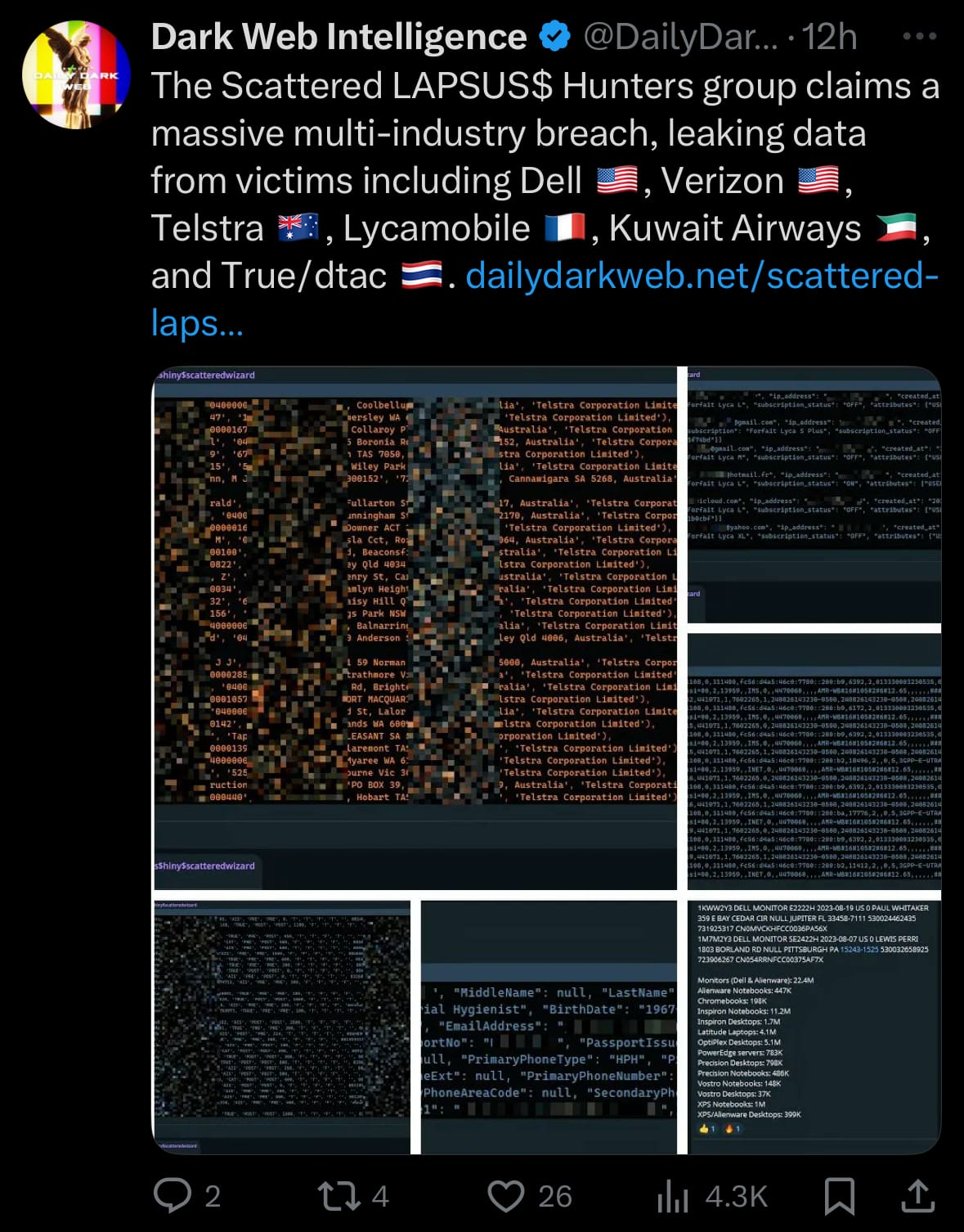
- The group's name links to past hackers like Lapsus$ and Scattered Spider, and this seems part of a bigger extortion plan aimed at Salesforce systems, including a site for ransom demands. Similar groups have done data thefts and ransomware attacks before. So far, the companies haven't confirmed or denied the claims, and investigations are likely happening. This shows ongoing issues with protecting cloud data and how cyber threats are evolving, so better security steps are recommended. For people, the main way to avoid hacks is to turn on two-factor authentication (2FA) for all accounts, since many passwords are already leaked on the dark web; 2FA works best because even with your password, hackers need a second step like a code from your phone or app to get in, making it the best defense.
Statistic:
- Largest public semiconductor companies by market capitalization:
- 🇺🇸 NVIDIA: $4.604T
- 🇺🇸 Broadcom: $1.631T
- 🇹🇼 TSMC: $1.579T
- 🇰🇷 Samsung: $407.50B
- 🇳🇱 ASML: $401.99B
- 🇺🇸 AMD: $382.27B
- 🇺🇸 Micron Technology: $220.60B
- 🇰🇷 SK Hynix: $192.11B
- 🇺🇸 QUALCOMM: $181.02B
- 🇺🇸 Lam Research: $179.74B
- 🇺🇸 Intel: $178.06B
- 🇬🇧 Arm Holdings: $176.65B
- 🇺🇸 Applied Materials: $173.27B
- 🇺🇸 Texas Instruments: $165.09B
- 🇺🇸 KLA: $139.92B
- 🇺🇸 Analog Devices: $117.05B
- 🇨🇳 SMIC: $106.55B
- 🇺🇸 Synopsys: $90.89B
- 🇯🇵 Tokyo Electron: $87.82B
- 🇯🇵 Advantest: $85.00B
- 🇺🇸 Marvell Technology: $79.74B
- 🇨🇳 Cambricon Technologies: $77.86B
- 🇹🇼 MediaTek: $70.72B
- 🇳🇱 NXP Semiconductors: $56.88B
- 🇩🇪 Infineon: $49.98B
History:
- The story of conductors begins with early scientific curiosity about electricity—think Benjamin Franklin’s experiments and Stephen Gray’s investigations into conductive vs. insulating materials. Over time, metals like copper and silver became the gold standard because of their high electron mobility, ductility, and availability. As industrialization matured in the 19th and 20th centuries, large-scale electrification, telegraphy, radio, and motors entrenched copper (and to a lesser extent aluminum) as the backbone conductors. Parallel to that, the 20th century also saw the rise of semiconductor materials—silicon, germanium, gallium arsenide—allowing controlled conduction (via doping, junctions, etc.). These semiconductors enabled integrated circuits, transistors, and modern microelectronics, turning conductors from simple wires into atomically engineered pathways.
- In the modern era, the conductor landscape is stratified by specialization, scale, and geopolitics. China has leveraged state subsidies, cheap energy, and vast infrastructure to dominate the refining and processing of conductive metals, now controlling over half of the world’s copper smelting and refining capacity. This has given China a central role in global electrical infrastructure and materials supply. On the other end of the complexity spectrum, Taiwan holds unrivaled dominance in semiconductor-grade conductors. Taiwan Semiconductor Manufacturing Company (TSMC) alone produces over 50% of the world’s chips and nearly 90% of the most advanced nodes used in AI, defense, and high-performance computing. This bifurcation—bulk conductive materials refined in China and nanoscale, precision conductors manufactured in Taiwan—has reshaped global dependencies, making conductors not just a technological asset but a strategic one.
Image of the day:

Thanks for reading!
- The most challenging task in AI integration is organizing & optimizing legacy data systems to interact with modern cloud API’s (data pipelines) and AI’s. Once you get past the data organization process (hardest part), you can build any app since AI can write all the code now (Our team uses GPT-5 the most). We provide custom builds and integrations (works-for-hire that you own), while keeping our core newsletters and intelligence products free.
Earth is complicated, we make it simple.
- Click below if you’d like to view our free EARTH WATCH globe:
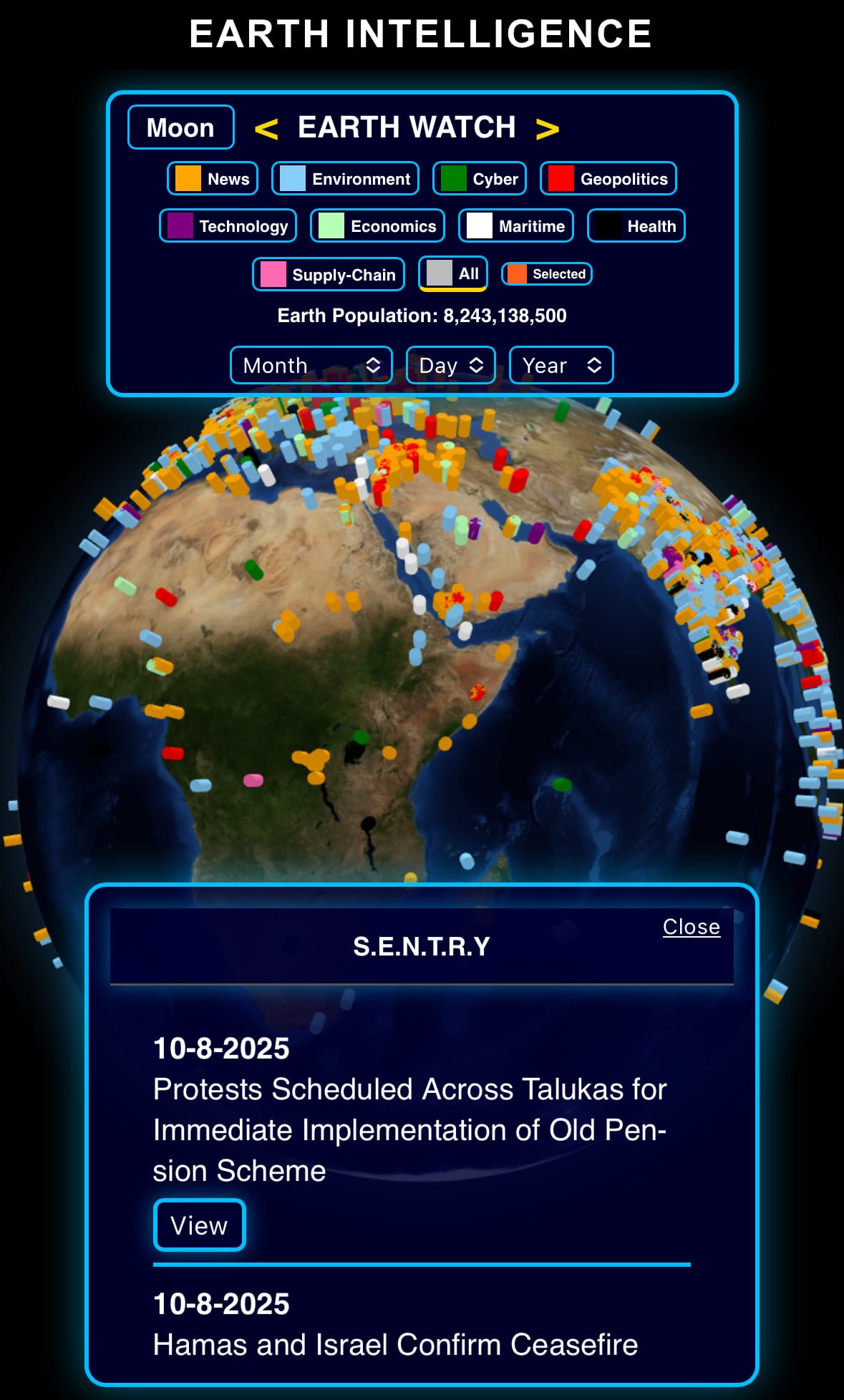

Click below to view our previous newsletters:

Support/Suggestions Email:
earthintelligence@earthintel.news


